Description
Mayn khorever heym: a gedekhnish Pl.07 by Issachar Ber Ryback printed on a T-Shirt
About the T-Shirt
Regular fit
Standard length, the fabric easily gives into movement
Casual wear
A classic, everyday option loved by our customers
Side-seamed
Constructed by sewing two parts together, creating a fitted look
The Unisex Staple T-Shirt feels soft and light with just the right amount of stretch. It’s comfortable and flattering for all. We can’t compliment this shirt enough–it’s one of our crowd favorites, and it’s sure to be your next favorite too!
- Solid colors are 100% Airlume combed and ring-spun cotton
- Ash color is 99% combed and ring-spun cotton, 1% polyester
- Heather colors are 52% combed and ring-spun cotton, 48% polyester
- Athletic and Black Heather are 90% combed and ring-spun cotton, 10% polyester
- Heather Prism colors are 99% combed and ring-spun cotton, 1% polyester
- Fabric weight: 4.2 oz./yd.² (142 g/m²)
- Pre-shrunk fabric
- 30 singles
- Side-seamed construction
- Tear-away label
- Shoulder-to-shoulder taping
- Blank product sourced from Nicaragua, Mexico, Honduras, or the US
Issachar Ber Ryback (1897-1935)
Issachar Ber Ryback, also Riback was a Jewish-Ukrainian-French painter.
Ryback attended the art school in Kiev until 1916. He joined a progressive group of painters and was influenced by advocates of a modern Jewish literature such as David Bergelson and David Hofstein. The painters Alexander Bogomazov and Alexandra Exter were in Kiev at the time, and they taught him in 1913. In 1916 El Lissitzky and Ryback were given the task to make Jewish art memorials of schtetls from Ukraine and Belarus. When he participated in an exhibition of Jewish paintings and sculptures in Moscow the spring 1917, his works were especially recommended.
During the October Revolution in 1917, he took part in multiple activities to redefine avantgarde Yiddish culture, e.g., he was a member of Kultur Lige in Kiev. Later he went to Moscow. After his father was killed by Petliura’s soldiers in the pogroms in Ukraine, he fled in April 1921 to Kaunas and in October 1921 he obtained a visa for Germany. He was in Berlin until 1924.
He was a member of the Novembergruppe and exhibited his Cubist pictures at both the Berliner Secession and the Juryfreien Kunstausstellung.
He also illustrated three small Yiddish fairy tale books for Miriam Margolin. His Shtetl. Mayn Chorever Heym, a Gedekniss (Shtetl, My Destroyed Home. A memorial) was published in 1923 by Schwellen-Verlag. It is a collection of lithographs of his home town which was destroyed by pogroms. At the time the Jewish education organization World ORT was situated in Berlin and he made the design for its logo.
In 1924 he tried to work in the Soviet Union by decorating scenes at Yiddish theaters. In 1926 he emigrated to Paris and did not return to Russia.
In 1928 he had a solo exhibition in the “Galerie aux Quatre Chemins“ and in 1929 in the “Galerie L’Art Contemporain“. His style of painting had turned to the Expressionistic coloring of the School of Paris in the interwar period. Further exhibitions followed at galleries in The Hague, Rotterdam, Brussels and Antwerp. In 1935 he traveled to the opening of his exhibition in Cambridge. He did not live to see the retrospective exhibition in Paris organised by Georges Wildenstein.
Rybak was a contemporary of Jewish-Russian artists Natan Issajewitsch Altman, Boris Aronson and Marc Chagall, who transmitted the Jewish tradition in modern art.
Most of the works he left behind are in the Museum Ryback in Bat Yam in Israel, a part of the MoBY-Museums of Bat Yam complex.

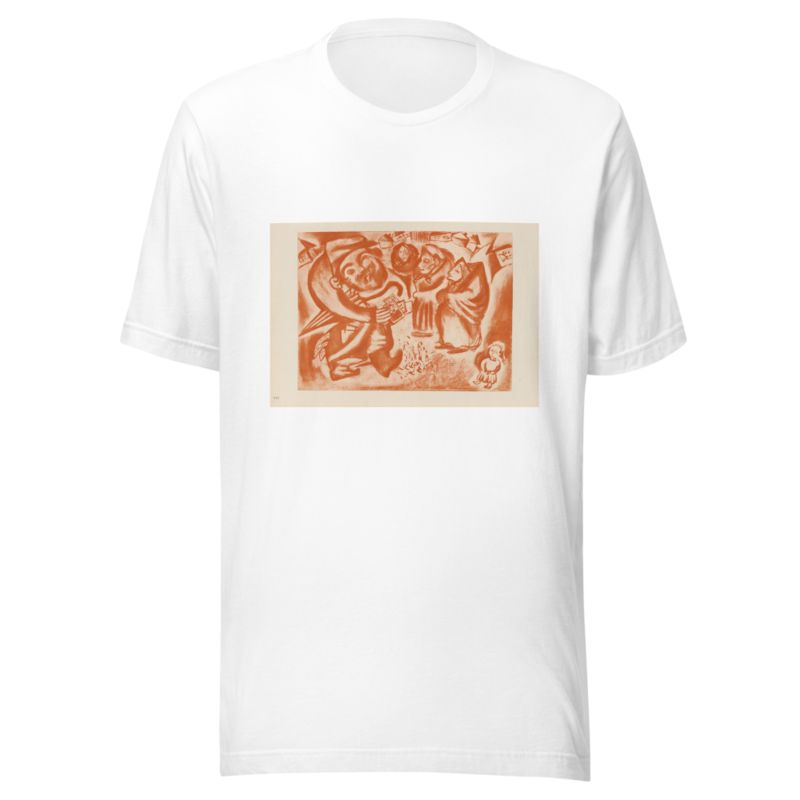
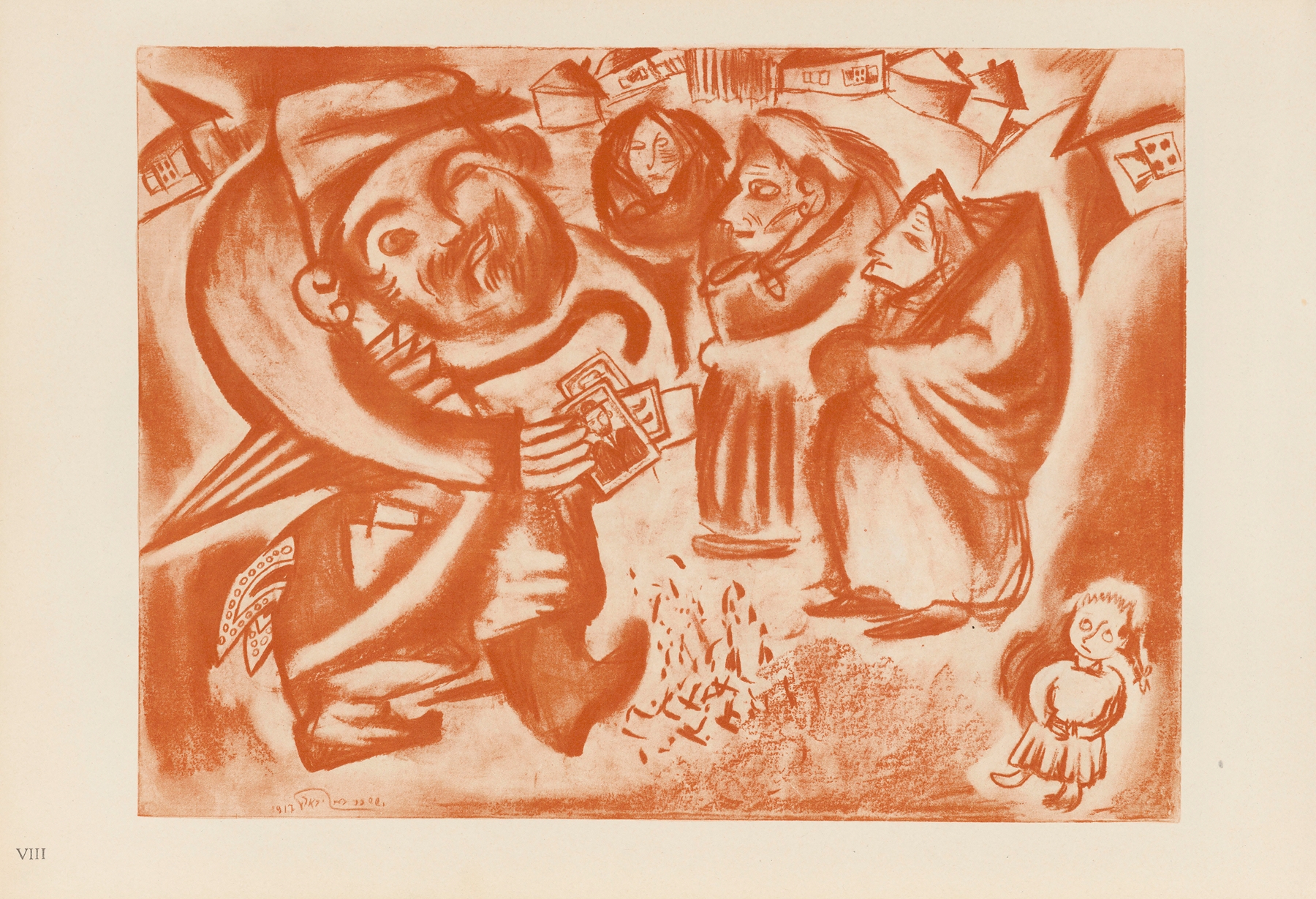
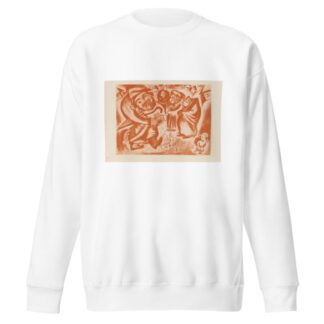
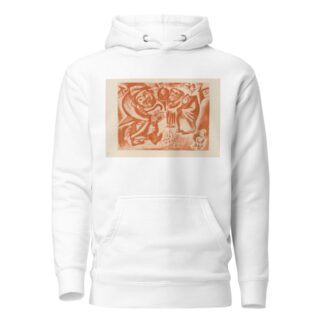
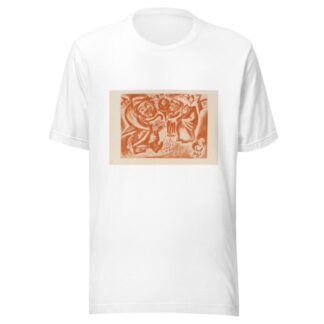
Reviews
There are no reviews yet.